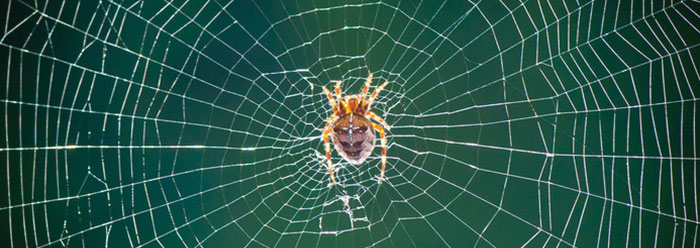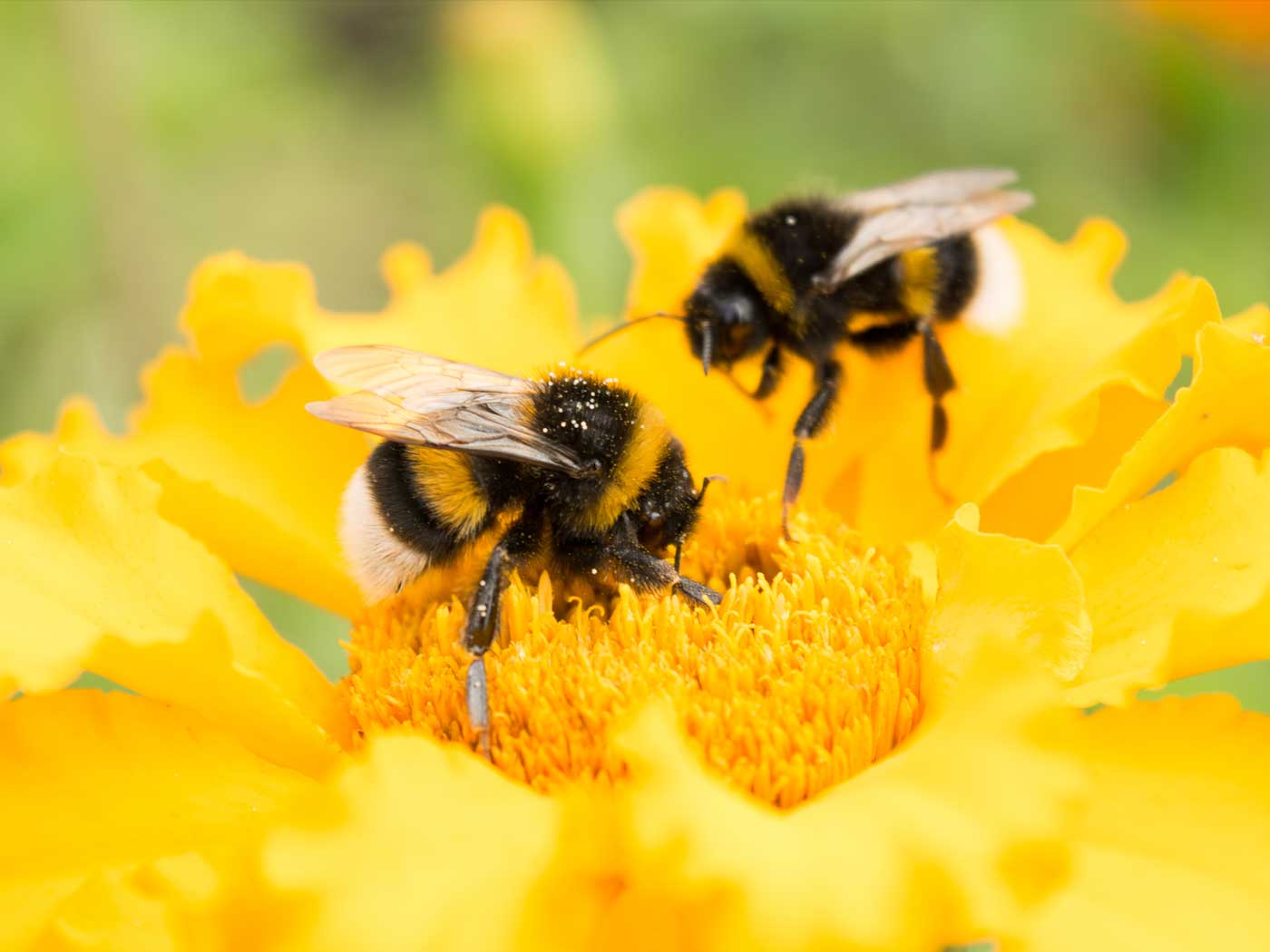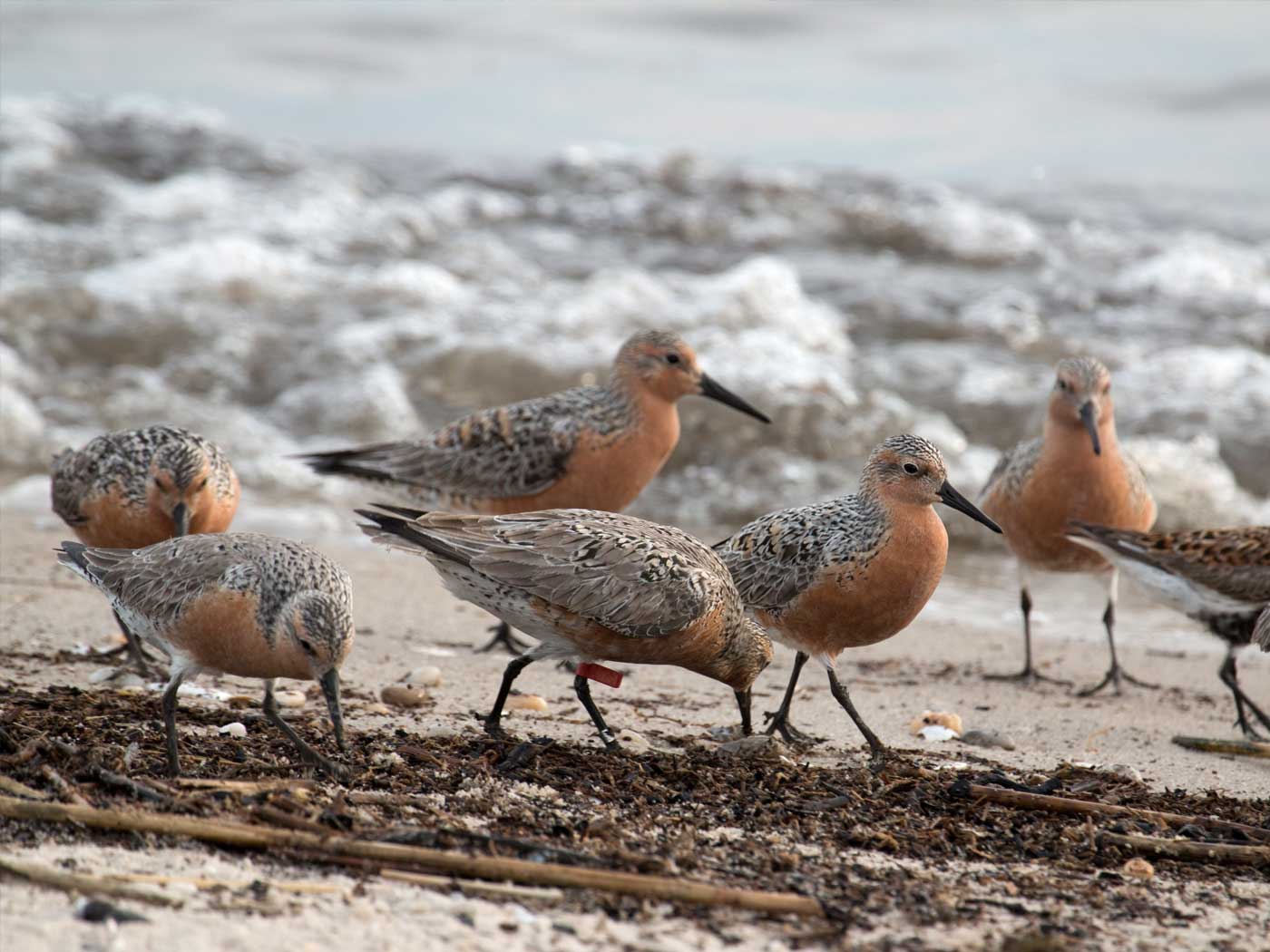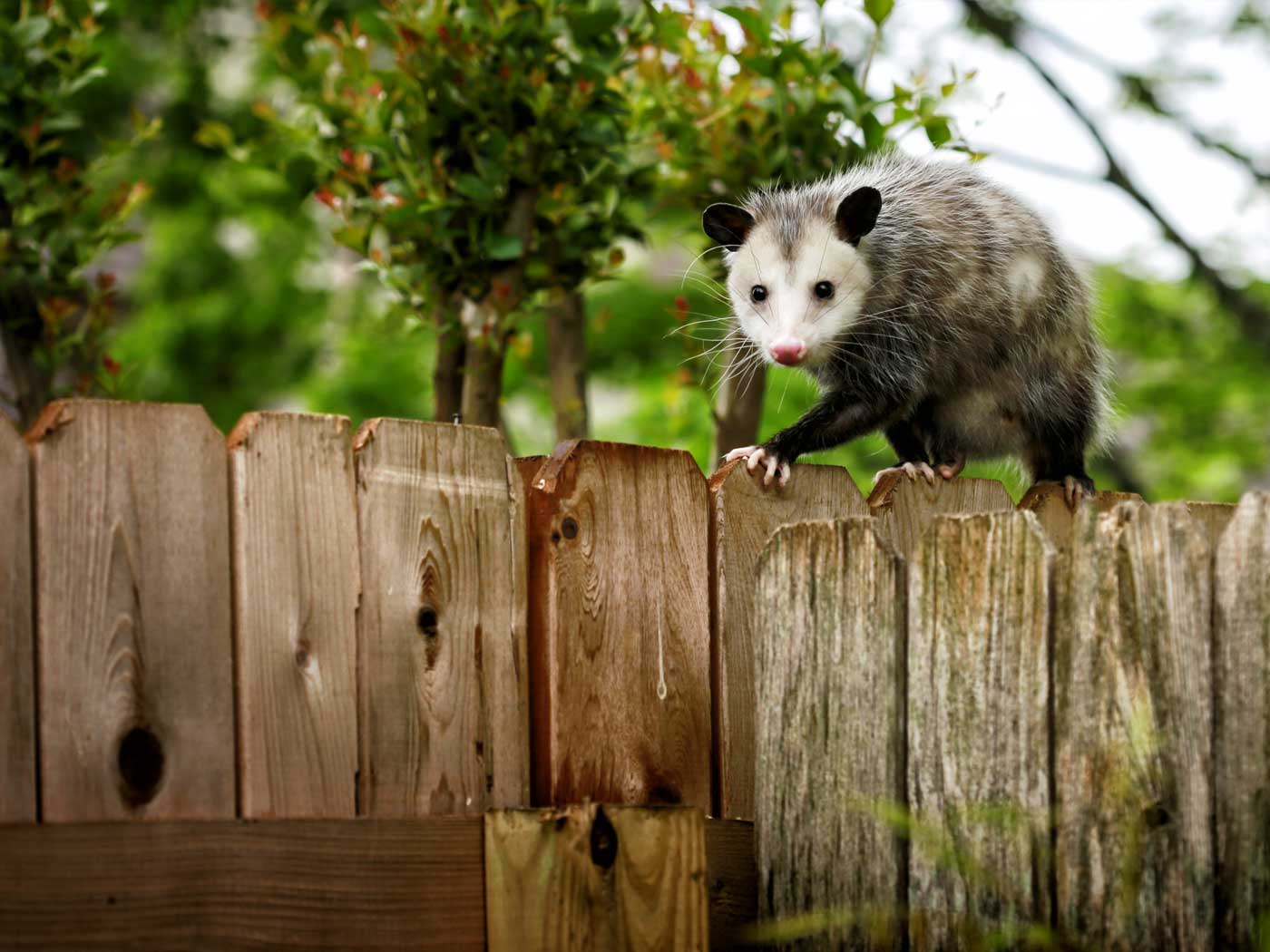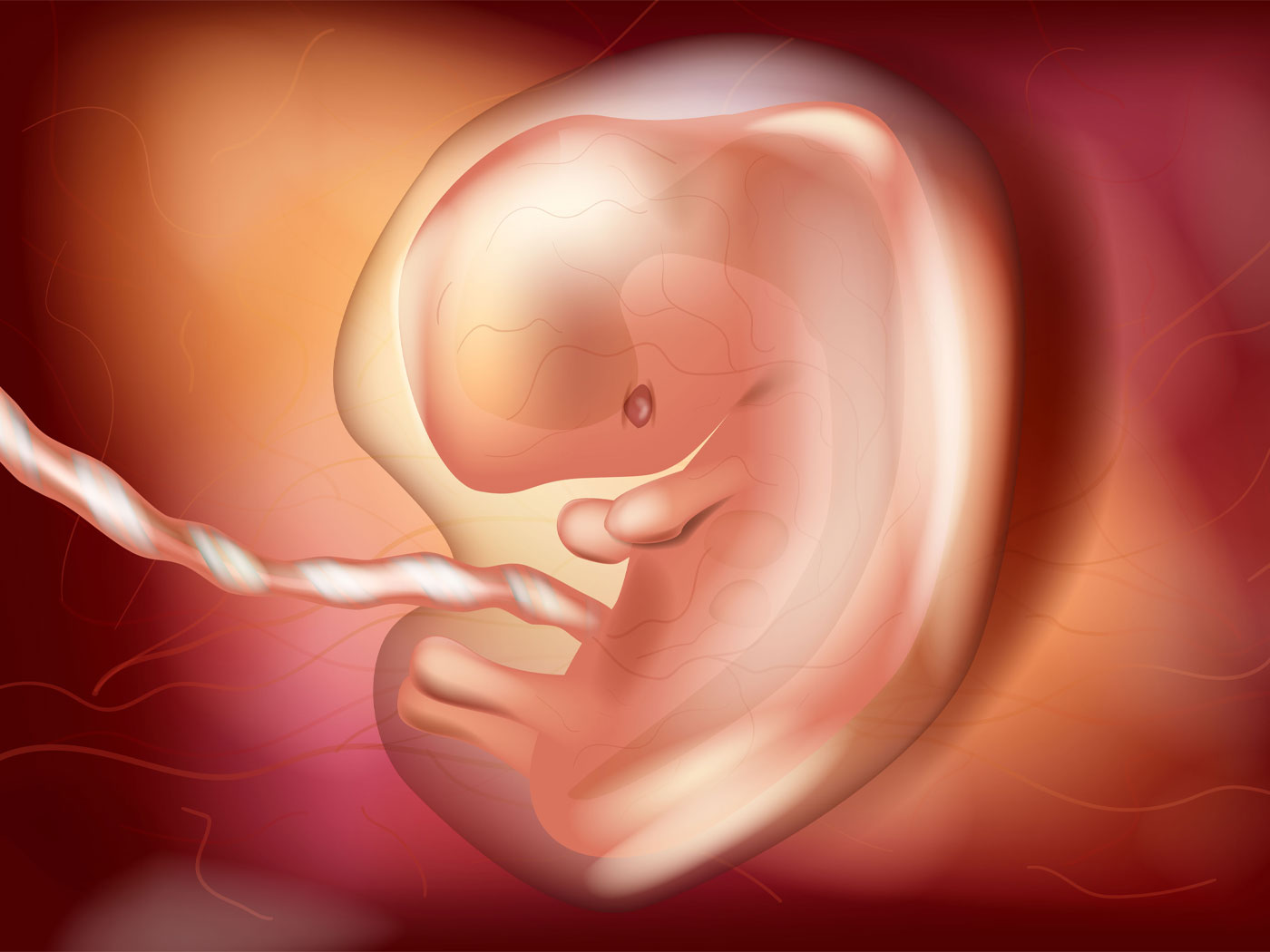No, it’s not science fiction—it’s real. Spider webs use electricity to snare prey, and researchers recently discovered an added environmental benefit from these arachnids’ masterful constructions.
Electrical properties within the glue-like coating on a spider web alter the magnetic field around it. When potential prey flies nearby, the web snaps out and tags its target like a tiny magnet.
The web is negatively or neutrally charged, while insect bodies often carry a positive charge. In 2013, researchers found that spider webs snare positively charged insects with greater efficiency than insects with a neutral charge.1
How did spiders learn to manufacture advanced microelectronics? Victor Ortega-Jimenez told UC Berkeley, “Electrostatic charges are everywhere, and we propose that this may have driven the evolution of specialized webs.”1 But has anyone ever observed electrostatic charges being the catalyst for the invention of new technology?
Now, a separate team has noted that a web’s electrical charge ensnares more than just insects.
Publishing in Naturwissenschaften, two Oxford scientists described how the spider webbing also attracts pollen, which spiders intentionally consume.2,3 Lead author Fritz Vollrath said in an Oxford news release, “Everything that moves through the air develops static charge, so it’s fascinating to see how spider webs make use of this to actively catch prey.”4
The webs even trap certain chemicals. “It’s a great bonus for us that this also causes them to attract pollutants, making them a cheap and natural way of tracking pesticides and air quality around the world,” Vollrath said.4
So, the next time you find yourself peeling a spider web off your face and feel tempted to curse their existence, remember that before you destroyed it, that spider silk was cleaning our air.
References
- Sanders, R. Spider webs more effective at snaring electrically charged insects. UC Berkeley News. Posted on berkeley.edu July 4, 2013, accessed January 20, 2014.
- Vollrath, F. and D. Edmonds. 2013. Consequences of electrical conductivity in an orb spider's capture web. Naturwissenschaften. 100 (12): 1163-1169.
- Thus, orb-weaving spiders should not be described as carnivorous but as omnivorous.
- How electricity helps spider webs snatch prey and pollutants. University of Oxford news release. Posted on ox.ac.uk December 8, 2013, accessed January 20, 2014.
* Mr. Thomas is Science Writer at the Institute for Creation Research.
Article posted on January 29, 2014.




